Earthquake risk in Wellington topic of upcoming lecture
August 30, 2011
‘Earthquake risk in
Wellington’ topic of upcoming Hochstetter lecture
The Christchurch earthquakes have sparked fresh concern about the likelihood of a large quake in Wellington. Join Russ Van Dissen as he looks at research surrounding Wellington’s earthquake risk, the dire and far reaching impacts that earthquakes can have on our nation, and the importance of resilience.
The University of Waikato will host lecturer Russ Van Dissen from GNS Science on Wednesday September 28, 7.30pm, as part of a lecture series given around the country.
The lecture is titled ‘It's Our Fault - Better Defining Earthquake Risk in Wellington’ and is a comprehensive study of Wellington's earthquake risk. The objective of the study is to position the capital city of New Zealand to become more resilient through an encompassing study of the likelihood of large earthquakes, the effects of these earthquakes, and their impacts on humans and the built environment.
Van Dissen was named the 2011 Hochstetter Lecturer in honour of Ferdinand von Hochstetter, an early explorer and geologist. The representative is chosen annually by the GNS Science Awards Subcommittee and holds the responsibility of giving lectures throughout New Zealand during the year about recently completed and largely unpublished findings.
Van Dissen will present his key results in the study to date, which include active faulting in Cook Strait; timing and size of past surface ruptures on the Wellington, Wairarapa, Wairau, and Ohariu faults; current state of locking of the subduction interface; and stress interactions between these faults, including modelling of the rupture statistics of the Wellington-Wairarapa fault-pair. Also covered will be the conditional probability of rupture of the Wellington, Wairarapa and Ohariu faults; geological, geotechnical, and geophysical parameterization of the near-surface sediments and basin geometry in Wellington City and the Hutt Valley, down to a few hundred metres depth; and characterisation of earthquake ground shaking behaviour in these two urban areas.
Additionally he will discuss work currently underway and/or planned for the near future, including simulation of subduction interface earthquake motions; probabilistic liquefaction assessment; earthquake loss, and recovery-time estimation; and social ramifications.
The study titled ‘It's Our Fault’ has been running for six years, and is jointly funded by New Zealand's Earthquake Commission, Accident Compensation Corporation, Wellington City Council, Wellington Region Emergency Management Group, Greater Wellington Regional Council, and Natural Hazards Research Platform. ‘It's Our Fault’ investigations, to date, have been the result of collaborative efforts of scientists and engineers from GNS Science, Massey University, NIWA, University of Canterbury, and Victoria University of Wellington.
Attend the lecture on Wednesday September 28, 7.30pm in MSB.1.01 at the University of Waikato. The event will run until around 9pm, followed by refreshments. The supporting lecture (title yet to be confirmed) will be held on Wednesday September 28 from 3-4 pm in A.G.30, at the University of Waikato. No RSVP is needed for either event.
ends


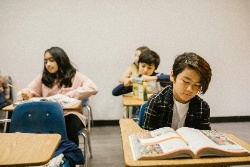 NZEI Te Riu Roa: Mandated Single Approach To Reading Will Not Work
NZEI Te Riu Roa: Mandated Single Approach To Reading Will Not Work The Conversation: Could The School Phone Ban Work?
The Conversation: Could The School Phone Ban Work?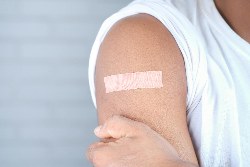 Public Health Communication Centre: To Avoid A Measles Epidemic, Aotearoa Must Close The ‘Immunity Gap’
Public Health Communication Centre: To Avoid A Measles Epidemic, Aotearoa Must Close The ‘Immunity Gap’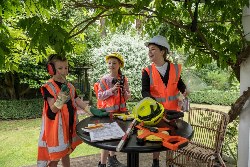 Heritage New Zealand: Kid-friendly Archaeology Resource Kit Launched As Part Of Archaeology Week
Heritage New Zealand: Kid-friendly Archaeology Resource Kit Launched As Part Of Archaeology Week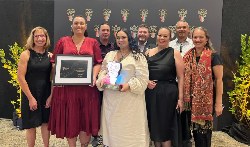 Tatai Aho Rau Core Education: Cyber Skills Programme For Tamariki Recognised At Māori Language Awards
Tatai Aho Rau Core Education: Cyber Skills Programme For Tamariki Recognised At Māori Language Awards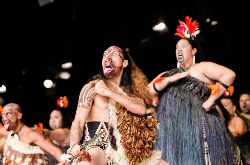 Waitaha Kapa Haka: Waitaha-South Island Kapa Haka Celebrates 60th Anniversary
Waitaha Kapa Haka: Waitaha-South Island Kapa Haka Celebrates 60th Anniversary